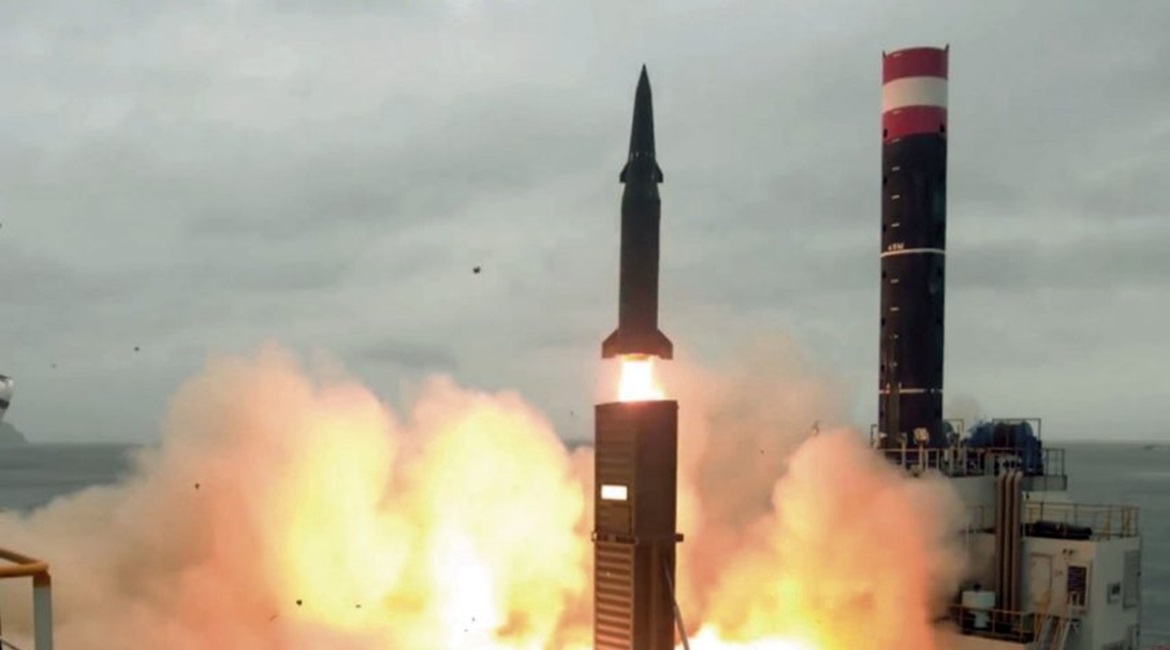
The South Korean military conducted in mid-March the first test-firing of its new Hyunmoo-4 (also spelled Hyeonmu-4) ballistic missile, some two-and-a-half years after Washington and Seoul had agreed to scrap the warhead weight limit for South Korean missiles stipulated in US-South Korean guidelines.
A South Korean military official told Jane’s on 10 May that the first test launch of the 800-km-range weapon, which features a greater payload than previous Hyunmoo-series missile systems, was conducted at the Agency for Defense Development’s (ADD’s) Anheung test site in Taean County, South Chungcheong Province. Two missiles were test-fired but one of them reportedly failed. No information was provided about the cause of the failure.
The original US-South Korean ballistic missile guidelines of 1979 stopped the development of South Korean ballistic missiles. A revision made in 1997 allowed South Korea to develop a ballistic missile carrying a 500 kg warhead with a maximum strike range of 300 km. This missile, initially known as the Hyunmoo-2 (also spelled Hyeonmu-2), is now known as the Hyunmoo-2A.

A further revision of the guidelines in 2012 permitted Seoul to extend the range and/or payload of its ballistic missiles. For instance, it allowed for South Korean ballistic missiles to have a maximum range of 800 km while carrying a 500 kg warhead; of 500 km while carrying a 1,000 kg warhead; and of 300 km while carrying a 2,000 kg warhead.
This changed, however, after US President Donald Trump and his South Korean counterpart, Moon Jae-in, announced on 7 November 2017 that they had finalised a deal to scrap the warhead weight limit for South Korean missiles.
Looking to read the full article?
Gain unlimited access to Janes news and more...






